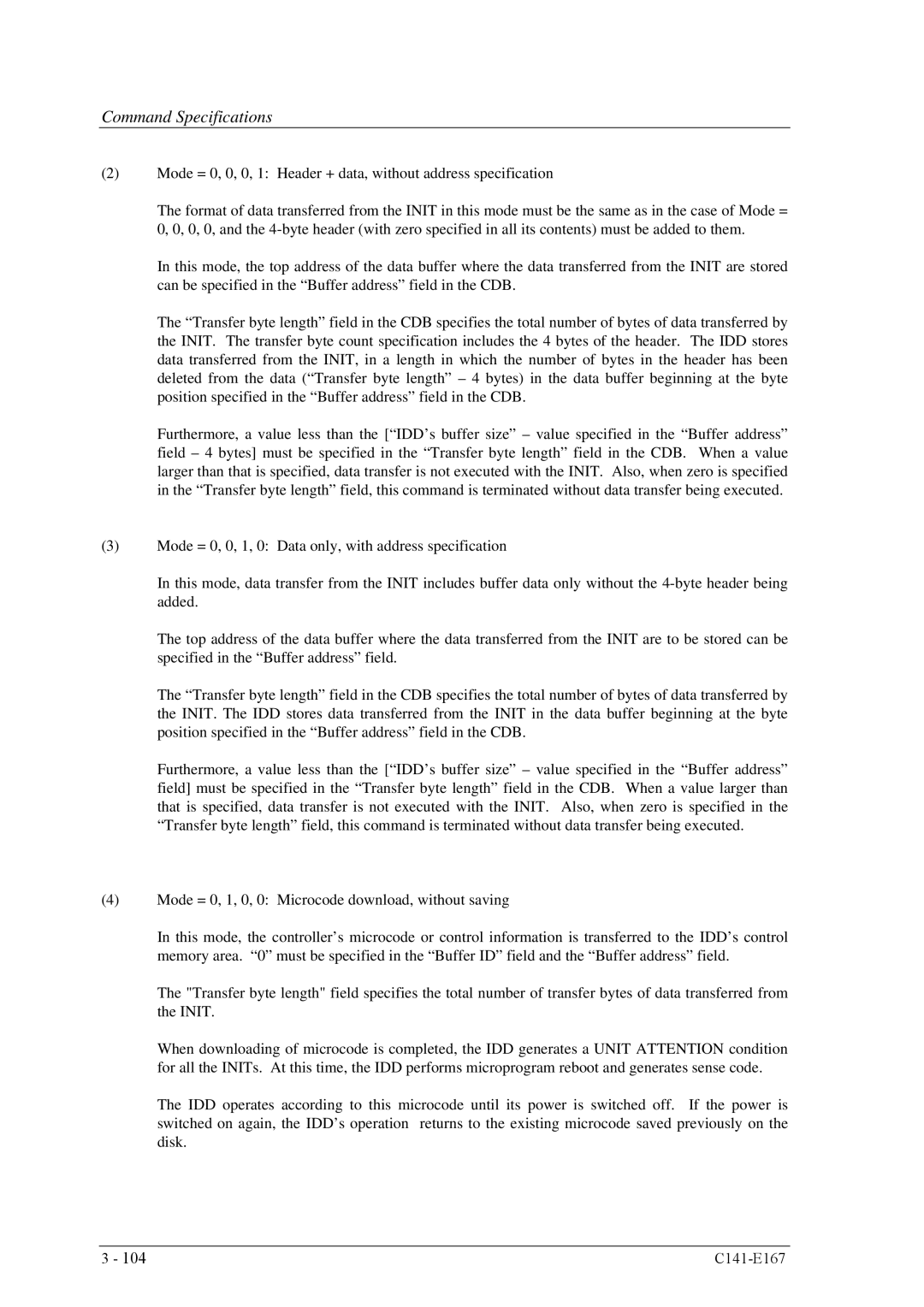MAP3735, MAP3147, MAS3367, MAP3367, MAS3735 specifications
Fujitsu, a renowned leader in technology and innovation, has developed a variety of reliable hard disk drives (HDDs) that cater to a wide range of data storage needs. Among these, the MAS3735, MAP3367, MAS3367, MAP3147, and MAP3735 series stand out for their advanced features and exceptional performance.The MAS3735 is a high-capacity enterprise-class drive that boasts a storage capacity of up to 300 GB. Its 10,000 RPM spindle speed ensures rapid data retrieval and efficient performance, making it ideal for data-intensive applications. It utilizes a Serial Attach SCSI (SAS) interface, which allows for improved data transfer rates and increased reliability compared to traditional SATA drives. The drive is designed with advanced technologies such as error recovery and data integrity features, ensuring the safety and security of critical data.
Similarly, the MAP3367 and MAS3367 models are geared towards both enterprise and mid-range server environments, providing a storage capacity of up to 300 GB as well. These drives also operate at a spindle speed of 15,000 RPM, offering swift access times that enhance overall system performance. The MAP3367 employs the Ultra 320 SCSI interface, allowing for significant bandwidth and ensuring data is transmitted efficiently.
On the other hand, both MAP3147 and MAP3735 models provide versatile solutions for various applications, supporting capacities from 36 GB to 147 GB. The MAP3147, with its 10,000 RPM speed, is optimized for workloads requiring quick access and high throughput, making it suitable for transactional systems and enterprise applications. The MAP3735, while offering comparable capacity, emphasizes exceptional reliability and durability, which is crucial for environments that involve heavy data loads.
All these Fujitsu HDDs are characterized by their robust construction, reliability, and efficiency. They are built to withstand heavy workloads and are equipped with features like advanced thermal management and acoustic noise reduction, ensuring they operate effectively in data center environments.
In conclusion, Fujitsu's MAS3735, MAP3367, MAS3367, MAP3147, and MAP3735 series HDDs are designed for high performance and reliability, catering to both enterprise and mid-range environments. Their advanced features make them a strong choice for businesses looking to enhance their storage solutions while maintaining data integrity and system performance.

